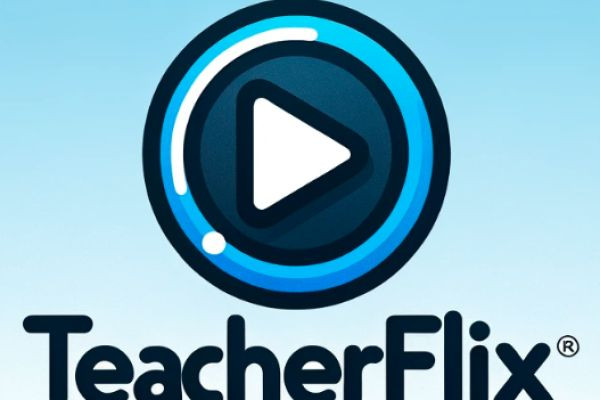- Enhancing Visual and Auditory Learning:
Educational videos provide a multi-sensory experience for students, catering to both visual and auditory learners. They allow teachers to explain complex concepts through animations, graphics, and real-life demonstrations. This diversity in presentation helps students grasp and retain information more effectively.
- Increasing Engagement:
One of the primary challenges in education is keeping students engaged. Educational videos are a dynamic tool to capture students' attention and maintain their interest throughout the lesson. Engaged students are more likely to participate actively and retain the material.
- Fostering Critical Thinking:
Quality educational videos often present real-world scenarios and problems, encouraging students to think critically and apply their knowledge. Teachers can use these videos as discussion starters or problem-solving exercises, promoting active learning.
- Catering to Diverse Learning Styles:
Every student has a unique learning style, and educational videos can be tailored to meet these diverse needs. Teachers can use videos to introduce new concepts, reinforce lessons, or provide additional resources for students who require extra support.
- Accessibility and Inclusivity:
Educational videos can accommodate students with various learning disabilities and language barriers. They can include closed captions, transcripts, and subtitles, making the content more accessible to all students, regardless of their abilities or language proficiency.
- Supplementing Traditional Teaching Methods:
Videos should be seen as a complementary tool to traditional teaching methods, not a replacement. They can be integrated into lectures, flipped classroom models, or used for homework assignments. By blending different teaching strategies, educators can create a well-rounded learning experience.
- Encouraging Self-Paced Learning:
Educational videos empower students to take control of their learning journey. They can review videos at their own pace, pause to take notes, or re-watch segments they find challenging. This self-paced approach promotes autonomy and accountability in students.
- Global Learning Opportunities:
Through educational videos, teachers can expose their students to a diverse range of cultures, environments, and perspectives from around the world. This helps foster global awareness and understanding, preparing students for an interconnected world.
Tips for Effectively Using Educational Videos in the Classroom:
- Select videos that align with your learning objectives.
- Preview videos before showing them to the class to ensure relevance and quality.
- Incorporate interactive elements like discussion questions or quizzes.
- Encourage active note-taking during video presentations.
- Promote discussion and peer learning after watching the video.
- Use analytics tools to track student engagement and assess the effectiveness of the videos.
- Ensure that the technology and equipment needed to play videos are reliable and readily available.
Conclusion:
Incorporating educational videos into the classroom can be a game-changer for educators seeking to engage and empower their students. By harnessing the visual and auditory power of videos, teachers can enhance the learning experience, cater to diverse needs, and foster critical thinking skills. When used effectively, educational videos become a valuable tool for 21st-century education, promoting active learning and preparing students for success in an ever-evolving world.









